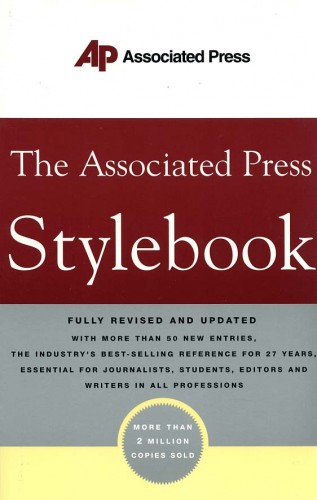Anyone who has read GetReligion for, oh, more than a week knows that we are not pleased when journalists attempt to jam the complex beliefs of large groups of people into the cramped zones defined by simplistic labels.
Obviously, one of the most abused labels in religion news is “fundamentalist.” We like to quote the Associated Press Stylebook at this point, the part where it proclaims:
“fundamentalist: The word gained usage in an early 20th century fundamentalist-modernist controversy within Protestantism. In recent years, however, fundamentalist has to a large extent taken on pejorative connotations except when applied to groups that stress strict, literal interpretations of Scripture and separation from other Christians.
“In general, do not use fundamentalist unless a group applies the word to itself.”
Another oh so popular and all but meaningless label, these days, is “moderate.” A decade ago, the independent panel assembled by the leaders of The New York Times to study the newsroom’s strengths and weaknesses noted in its public report:
Too often we label whole groups from a perspective that uncritically accepts a stereotype or unfairly marginalizes them. As one reporter put it, words like moderate or centrist “inevitably incorporate a judgment about which views are sensible and which are extreme.” We often apply “religious fundamentalists,” another loaded term, to political activists who would describe themselves as Christian conservatives.
We particularly slip into these traps in feature stories when reporters and editors think they are merely presenting an interesting slice of life, with little awareness of the power of labels. We need to be more vigilant about the choice of language not only in the text but also in headlines, captions and display type.
In effect, mainstream journalists often are tempted to use this f-word to describe religious people that they don’t like, while reserving the gentle m-word for those whose views are found acceptable in newsroom culture.
With that in mind, readers may understand why I was rather skeptical when I dug into the recent New York Times report that ran under the headline, “Where Free Speech Collides With Abortion Rights.” After all, my biases on these issues are well known. I am both a pro-life Democrat (and Eastern Orthodox Christian layman) and a rather fire-breathing defender of the First Amendment. I was worried about what would happen when the open Sexual Revolution advocacy stance of the Times (hello, Bill Keller) collided with the First Amendment rights of believers engaged in politically incorrect protests.
What did I fear?













